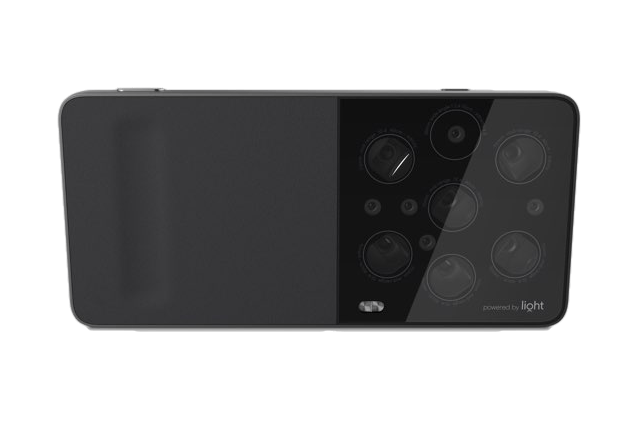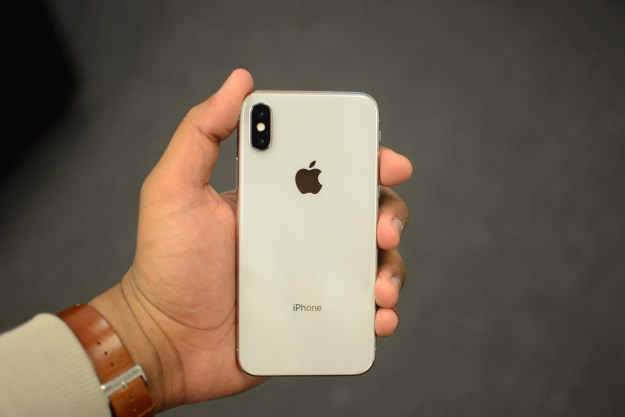
Light, based in Palo Alto, California, wants to implement its idea of a bunch of small lenses each paired with its own image sensor in smartphones and other devices. “They’ll fire simultaneously when you take a photo, and software will automatically combine the images,” according to MIT Technology Review. “This way, Light believes, it can fit the quality and zoom of a bulky, expensive DSLR camera into much smaller, cheaper packages — even phones.”
In a demonstration at its office, Light showed an array of 16 functional camera modules, which could eventually be used in self-driving cars or home security cameras. Co-founder and chief technology officer Rajiv Laroia explained to MIT Technology Review that when someone takes a picture with a Light camera, they’re essentially taking numerous photos simultaneously from different perspectives. These shots are digitally melded in a way that mimics what a larger camera lens could yield.
“Light cameras will put an end to the ‘good enough’ photos being produced by most smartphones today,” Laroia said in an interview with The Daily Dot. “We don’t think people should trust their memories to ‘good enough.’”
CEO Dave Grannan said he expects Light’s technology to add about $50-60 to the cost of producing a phone using one of its cameras.
While the company has yet to develop a full prototype, it has camera modules that can combine photos with its software. Light says it expects its first 52-megapixel cameras to be found in smartphones in 2016.
To achieve that goal, the startup obviously needs a partner to help it roll out its innovation to the masses. On Tuesday, Light plans to announce a deal with that partner: Foxconn, the world’s largest contract electronics manufacturer and the world’s largest manufacturer of Apple products.
Foxconn is licensing Light’s technology for use in mobile devices and is investing an undisclosed amount in the company. Last June, Light raised $9.7 million in a Series A round of investment co-led by Bessemer Venture Partners and Charles River Ventures.
While this is certainly exciting for the future potential of smartphone cameras, there are questions about the real-world implications of Light’s super cameras. For example, how will this affect the time needed to snap a photo with your smartphone? How large will the resulting photo files be? Will consumers accept the added bulk Light’s camera will add to a phone, since it would make the device as thick as a current
Despite the concerns, “There’s no question what they’re doing is the future of cameras,” David Brady, leader of Duke University’s imaging and spectroscopy program and CEO of a camera-array company called Aqueti, told MIT Technology Review.
Editors' Recommendations
- An unknown company just set a new standard for smartphone cameras
- This $130 iPhone charger is better than Apple’s official one
- This iPhone 15 and iPhone 14 camera test is closer than I expected
- The best smartphone case brands in 2023: the 20 best ones
- Samsung’s $450 phone does one thing way better than the iPhone 14


